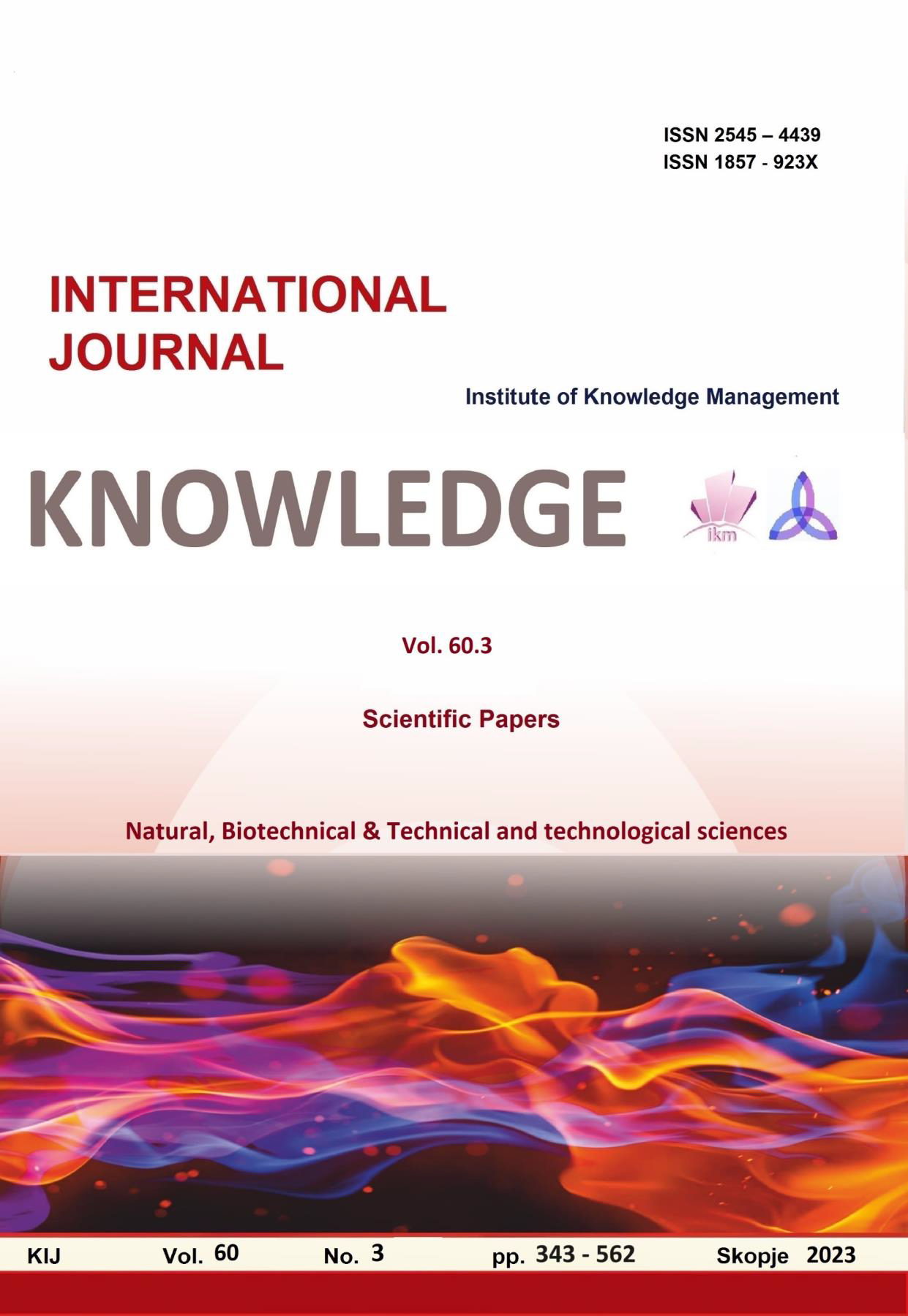APPLICATION OF ADDITIVE TECHNOLOGY FOR MANUFACTURING OF TUNE – O – MATIC BRIDGE ELECTRIC GUITAR SADDLE
APPLICATION OF ADDITIVE TECHNOLOGY FOR MANUFACTURING OF TUNE – O – MATIC BRIDGE ELECTRIC GUITAR SADDLE
Author(s): Gordana Jović, Milan Pavlović, Miloš Ristić, Milica JankovićSubject(s): Social Sciences
Published by: Scientific Institute of Management and Knowledge
Keywords: 3D printing; CAD model;Additive Manufacturing;Rapid Prototyping;Tune – o – matic bridge
Summary/Abstract: Product development includes all activities from the initial idea for the product to the launch of the product on the market. Modern technologies have contributed to the fact that today the construction process is almost inconceivable without the use of a computer. Rapid Prototyping (RP) is a relatively new phenomenon in the industry whose task is to solve problems and limitations of prototyping methods. There are various methods of rapid prototyping, where the common feature is a short production time, the aim is to achieve an effect similar to those in mass production on extremely small series of products, even on personalized products. In order to make newly developed products to be competitive on the market, they must meet many requirements from the aspects of ergonomics, functionality, economy of production (saving materials and reducing production costs). Exploitation conditions can often cause defects in specific components of a particular product, leading to the failure of the production process. Since the goal is to establish the functionality of the system as soon as possible, it is often necessary to repair, repair or purchase a certain component or even the complete system. With the development of additive technologies, the process of rapid prototyping has been further improved through the possibility of using different materials, while the cost of production is very affordable. Once the prototype is perfected, making molds and tools for mass production is risk-free. For small series and personalized products, 3D printing can be a better and more cost-effective solution. The advantage of 3D printing is that at the same time, several products with completely different geometries can be made on one machine. Additive technologies are characterized by a large selection of materials from which parts can be made, such as: plastic, metal, ceramics, composite materials, etc. The combination of CAD software and additive technologies enabled a significant reduction in the total time of product development, especially in the prototyping phase. This paper presents the use of 3D printing, as an additive technology, for the production of the missing part in the saddle for tune-o-matic bridge electric guitar. The prototype of saddle for tune-o-matic bridge made of PLA (Polylactide) material, which is a healthy organic plastic, does not crumble, allows painting and finishing (sanding, milling, polishing, etc.) The accuracy of the element itself is very important, if it is not of adequate shape and dimensions, there is no possibility of precise tuning of the guitar. Due to the operation of the electric guitar, the saddle suffers a significant load from the string, where during the friction of the string and the saddle of the tune-o-matic bridge, a certain amount of heat occurs and, therefore, the deformation of the element occurs. Each saddle has a small groove to match the wire gauge and shape to prevent the tena from slipping off the saddle. Such parts could be used as final products instead as temporary parts or prototypes. In this case, 3D printing technology proved to be the most optimal choice for making the saddle tune - o - matic bridge.
Journal: Knowledge - International Journal
- Issue Year: 60/2023
- Issue No: 3
- Page Range: 541-546
- Page Count: 6
- Language: English

